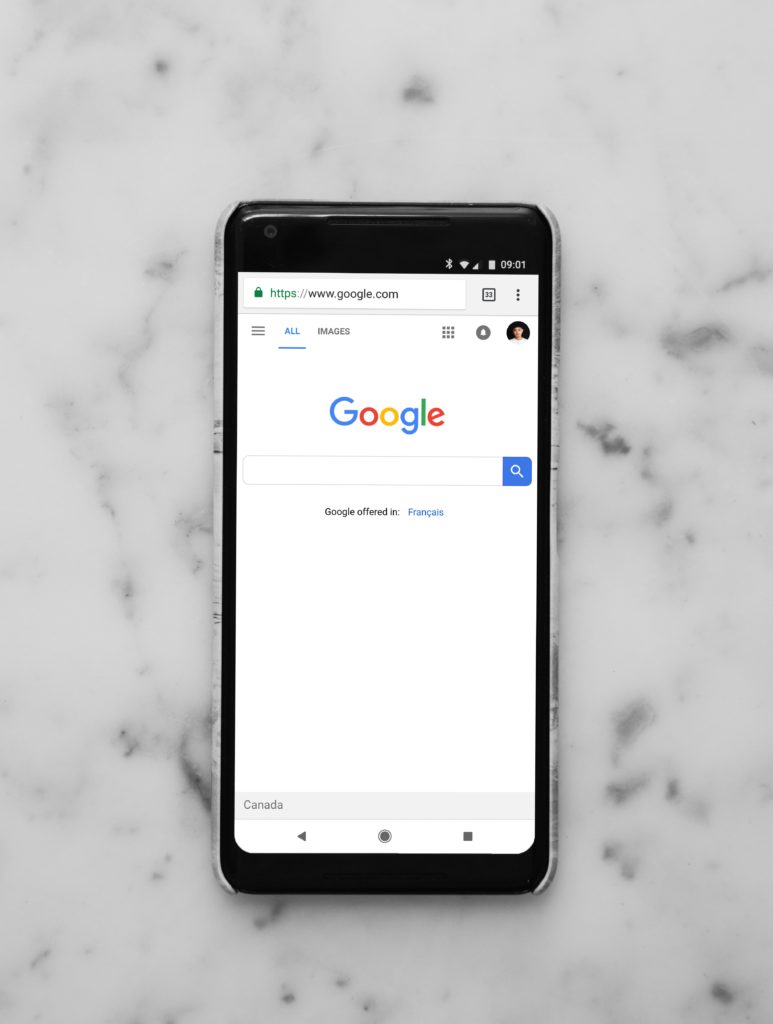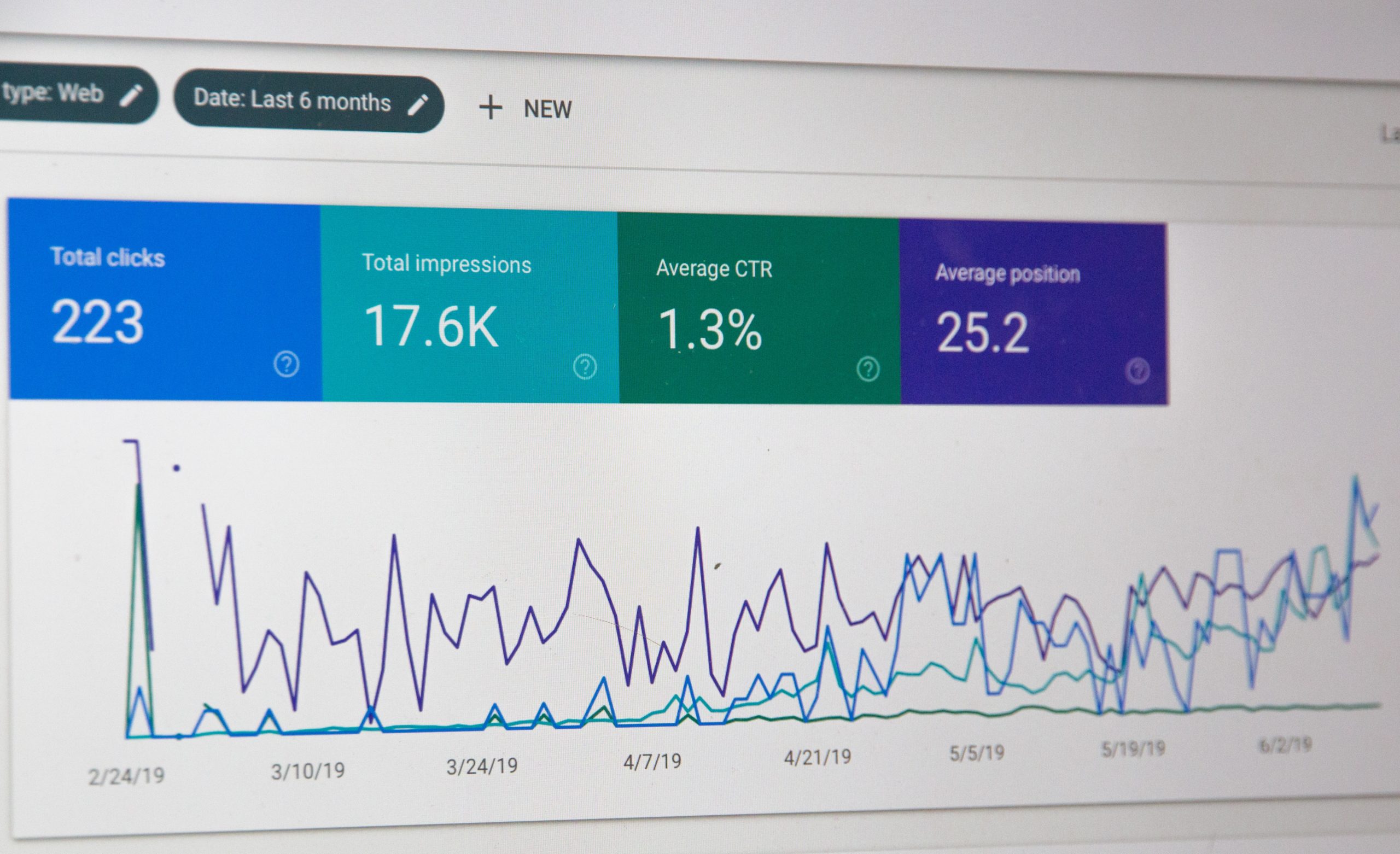How to get your website higher on Google
 Google is now the most visited website on the internet. The search engine giant processes BILLIONS of queries every day from users across the globe. In fact, nearly 92% of all web searches start on Google.
Google is now the most visited website on the internet. The search engine giant processes BILLIONS of queries every day from users across the globe. In fact, nearly 92% of all web searches start on Google.
When Google shows results for a search query, 90% of users will click on the first page of results. But obviously you know the importance of ranking higher on Google or you wouldn’t be reading this blog.
Here are three tips for getting your website higher on Google:
-
Know what your customers are searching for
Here’s a little exercise: Go to Google and search your own business name. Does your website come up as the first result? If so – that’s great! (If not, we should probably have a chat – get in touch here.)
But ranking highly for any given keyword is only half of the equation. If customers aren’t searching for those keywords, ranking higher on Google won’t actually get you more website traffic.
Instead, you need to focus on ranking higher on the Google keywords that your customers are actually searching for. There’s only one way to discover which keywords are the most searched, and the most valuable – using Google’s Keyword Planner tool. This tool is free and available to anyone but requires you to first make a Google Ads account.
Using the Keyword Planner tool will allow you to find out the most popular search terms in your industry in your target market. Once you’re armed with this data, you can start to figure out where you rank on those terms and make a plan on how to get your website higher on Google search results.
This process can be time-consuming for a small business owner with limited time and resources. Luckily, Vaughn Austin Creative can help! Our SEO Audit is an affordable way to get a picture of where your website is ranking on the keywords that your customers are searching for, the keywords you need to focus on, and where your competitors are beating you.
Schedule a free consultation today to learn more about our SEO audit.
-
Write content that Google likes
Once you know what your customers are looking for, you need to write content that will help get your website higher on Google searches for those terms. There are many facets to this process including:
Using your keywords throughout the content (but not too much!)
Google will only serve up your content as a result for a search term if it contains the keyword. Conceptually, this makes a lot of sense because Google doesn’t want to give their users search results that aren’t helpful, or they might use another search engine. However, resist the urge to use your keyword too much. If you stuff your keywords in every conceivable place Google will actually penalize you. A keyword density of more than 5.5% is overkill. You can check keyword frequency here.
Offering detailed answers to your customers’ questions
When you boil it down, every search term is really a user asking a question. Even if they’re just searching “restaurants near me”, they’re really asking “Which local restaurant meets my needs right now?” Google search ranking is determined by an algorithm, but that algorithm uses artificial intelligence to determine content that is most likely to answer the questions users are asking with their searches. Restaurants rank higher for that term by letting Google know where they are located, that they are a restaurant and when they’re open. Understanding the questions that customers are really asking with their search terms, and answering them on your website, is essential.
Linking to other content on your own website, and other websites
Google likes when websites show the connections between different pages. Users also like it – if a reader can delve deeper on a topic that interests them, they’ll spend more time on your website and are more likely to see you as a trusted resource of information. Linking to other trustworthy websites shows you are more likely to be a trustworthy website too instead of a spam factory.
Writing compelling headlines
The best content can be ruined by a crappy headline. The headline is what will compel users to actually click on your content when it’s returned on a Google search results page. If it’s confusing, unrelated to the actual content, or boring then you are in trouble. The best, most clickable headlines fall into a few categories:
- “How to” titles (take a look at the title of this blog)
- Lists (e.g. “3 ways to get your website higher on Google”)
- Questions (e.g. “How do I get my website higher on Google?”)
AVOID CLICKBAIT. Users, and Google, hate titles that are misleading or vague.
-
Consistently publish high-quality content
Web content is getting longer and more detailed. Customers are looking for high-quality content and that means your content needs to be readable (grammatically correct, no spelling errors) and accessible (no unnecessary jargon, clear, and concise). There’s no set word count for a piece of content, but you need to make sure you’re answering the question your customers are asking thoroughly. You can make sure your content isn’t too complicated here with this free tool.
Lastly, consistency is key. Publishing content on a regular basis will show Google that your website is a useful resource and will boost your ranking overall, including for individual keywords. Again, there’s no hard and fast rule for how often you should be publishing new content. But having a content marketing plan is key for keeping your content fresh and relevant.
Vaughn Austin Creative can help your business get higher on Google with SEO and content marketing help. Start reaching more customers by scheduling your free consultation today!

Ready to Talk?
WE WANT TO HEAR YOUR BIG IDEA

